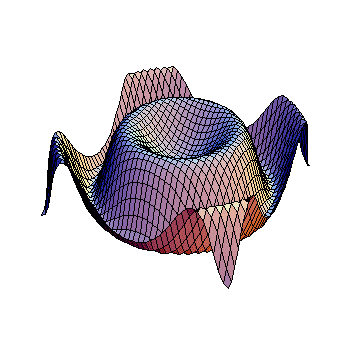Question #82223
2 Answers
(1, -4), (2, -8) and (3, -12)
Explanation:
you can choose any number of
order pairs
Three ordered pair solutions to
Explanation:
An ordered pair is a grouping of two numbers with a distinct order that are related by an equation used to define the points or coordinates of a curve (or line) on a graph.
For example if you were required to graph the points
The order in the pair always tells you that the first number indicates the value of
So if you see
We know from above that the ordered pairs are related by an equation so we can find some pairs by choosing any number for one point and substituting it into the equation.
Given:
We can choose any value for
We can choose:
Then use the formula to solve for

